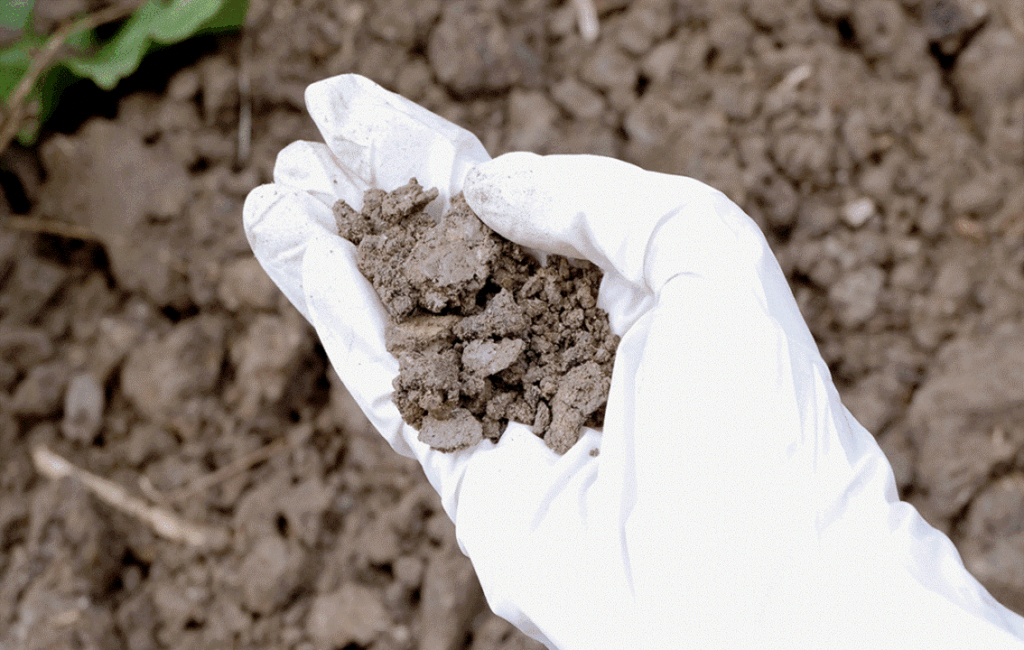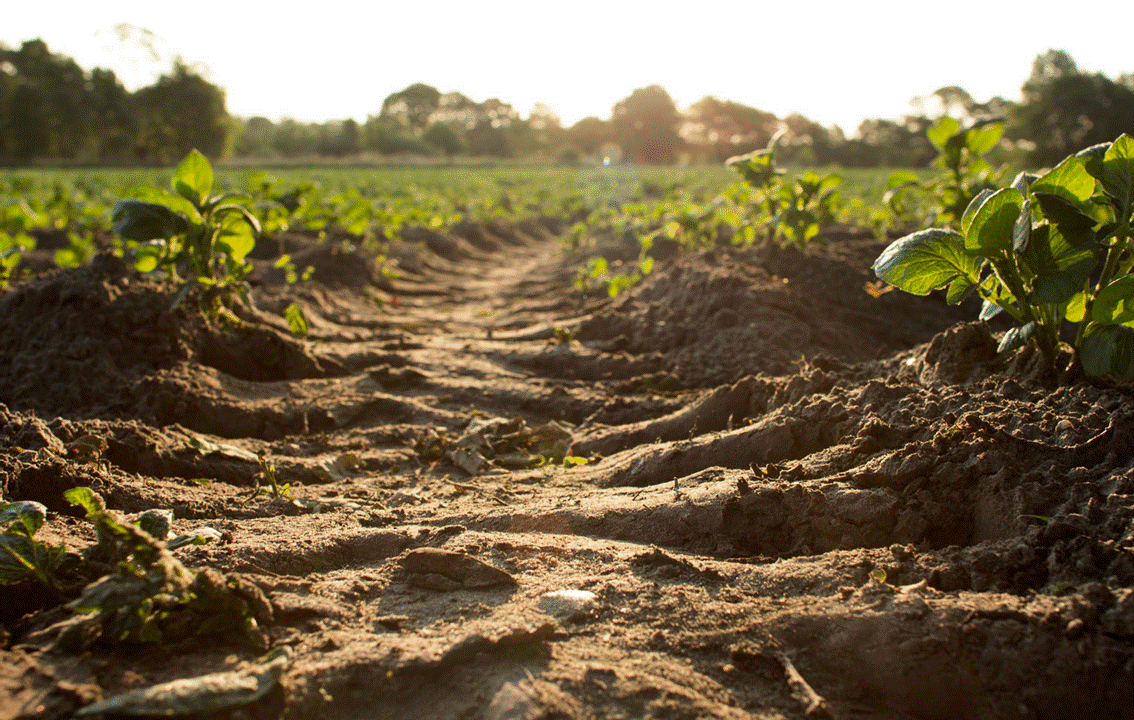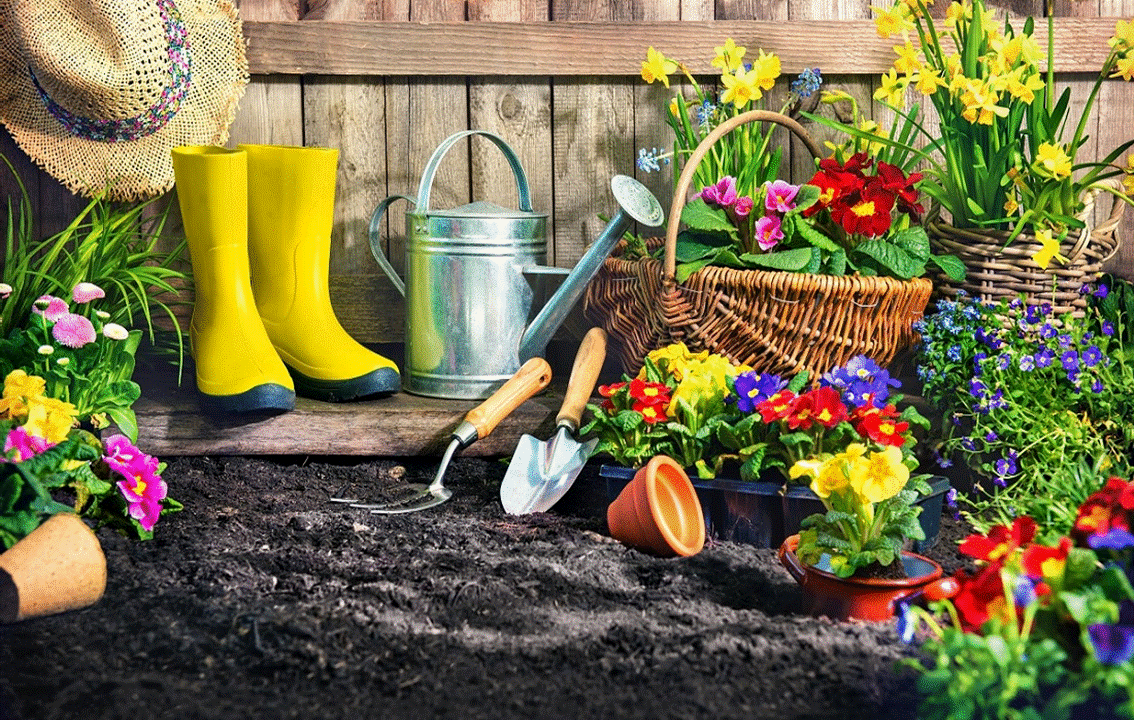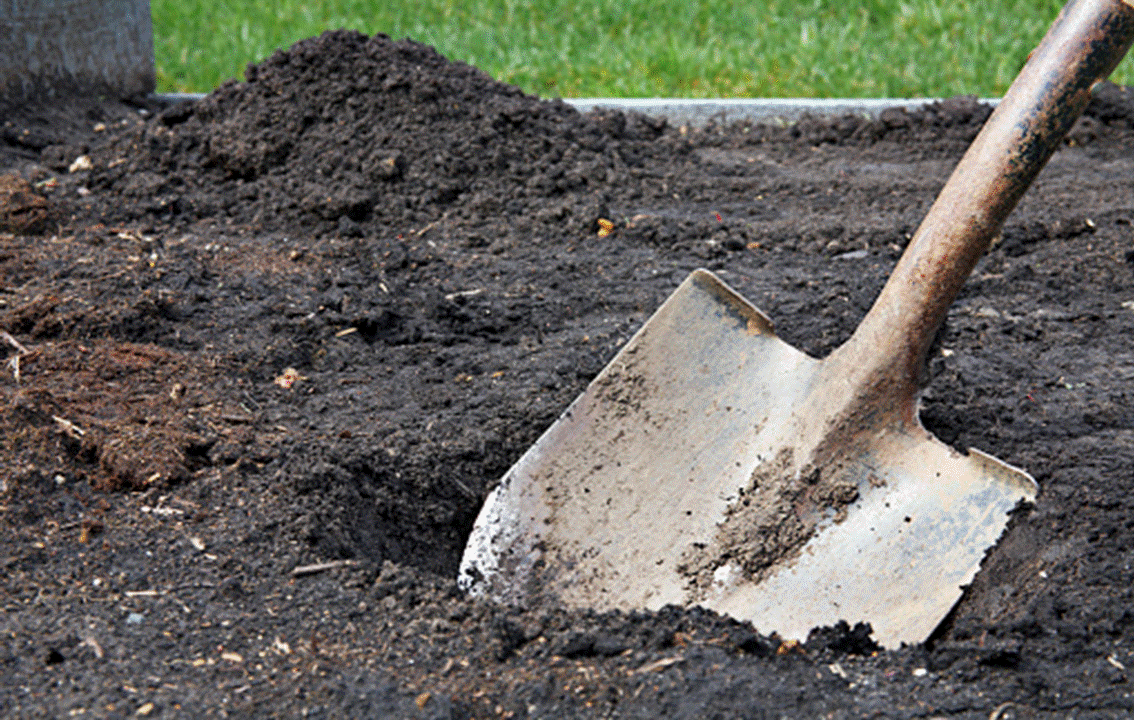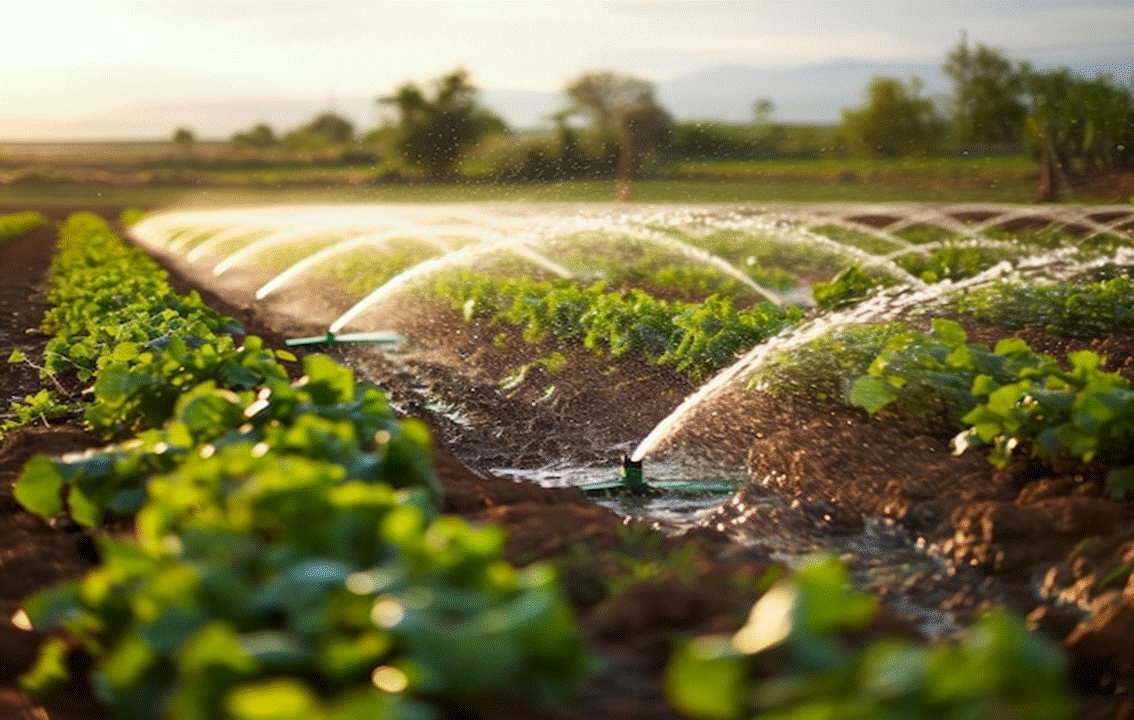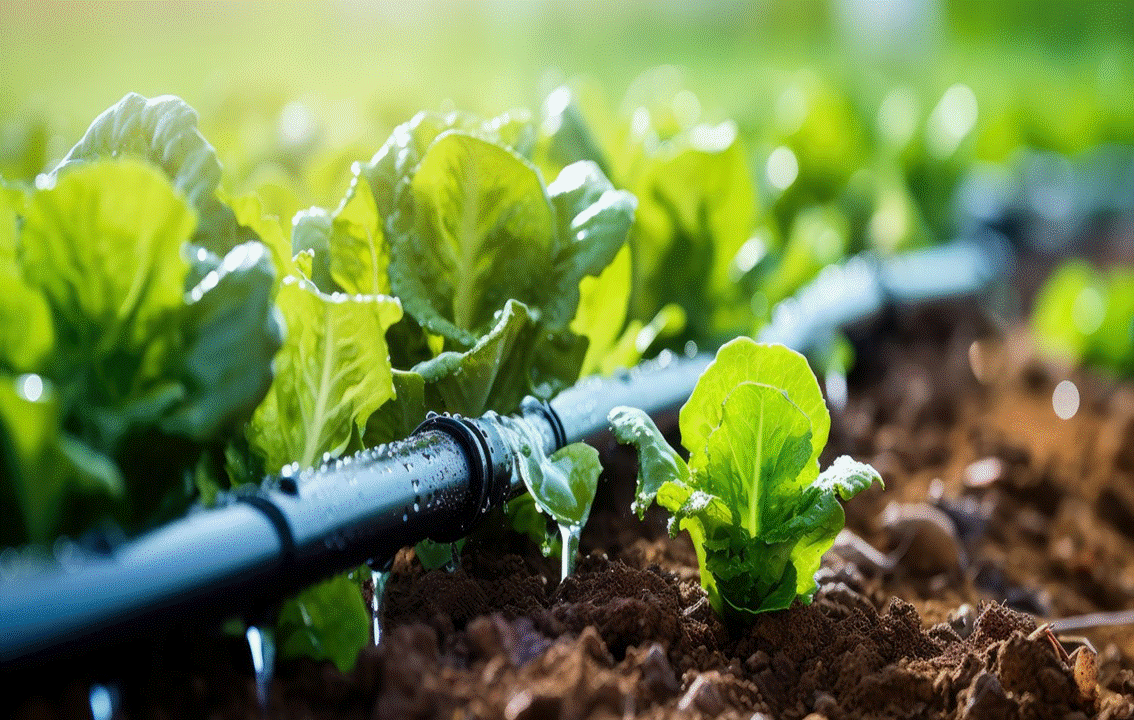SOWING METHODOLOGY
Creating and maintaining an organic garden requires careful planning and attention to detail and employing the most viable sowing methods is crucial to the overall well-being of an organic garden. Sowing methods play a crucial role in the success of an organic garden and by choosing sustainable techniques such as succession planting, square foot gardening, and shielded seedling growth, gardeners will help maintain soil health, conserve resources, and help to protect the biodiversity and ecosystem surrounding the organic garden. Gardeners who use sustainable, environmentally friendly sowing methods and techniques, ultimately contribute to the overall well-being of the planet, while reaping the rewards of a bountiful harvest, by implementing these methods thoughtfully and consistently, gardeners can enjoy a thriving garden that maximises yield with minimal environmental impact.
Popular sowing methods
Succession Planting: This sowing method involves planting new crops in the same space as existing ones after harvesting. This sowing method helps to prevent soil depletion, hence reducing the reliance on organic fertilizers. By rotating crops and interplanting compatible plant species, gardeners can maintain soil fertility and minimise the risk of pest and disease outbreaks. This technique also maximises the use of garden space and by planting a variety of crops with different maturity dates, gardeners can extend the harvest period and increase overall yield that will ensure a continuous supply of fresh produce throughout each season.
Square Foot Gardening: This sowing method promotes biodiversity and companion planting, which can improve overall plant health and productivity. By carefully planning the layout of each square and rotating the crops seasonally, gardeners can reduce the risk of soil-borne diseases and nutrient deficiencies. This sowing method involves dividing the garden into small square-foot sections and then planting different crops in each square. This technique maximises space efficiency, minimises waste, and simplifies garden maintenance. Square foot gardening is ideal for small urban organic gardens or those with limited space.
Seedling Rearing: This sowing method involves germinating seeds in a controlled environment before transplanting them to the garden. This technique is particularly useful for starting seeds early in the season, extending the growing period, and ensuring a successful harvest. Seedling rearing also allows gardeners to manipulate plant varieties that require a longer growing season than their local climate permits. Seedling rearing can also help reduce the use of purchased seedlings, which may have been treated with synthetic fertilizers or pesticides. By using organic potting mix and biodegradable seed starting containers, gardeners can minimise their environmental footprint and promote sustainable gardening practices.
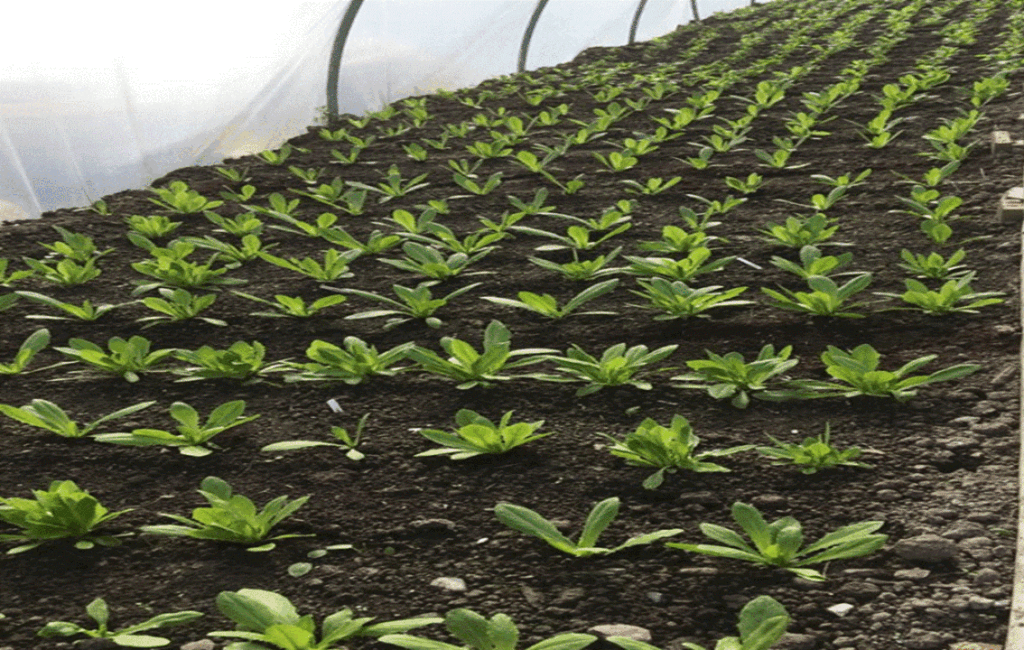
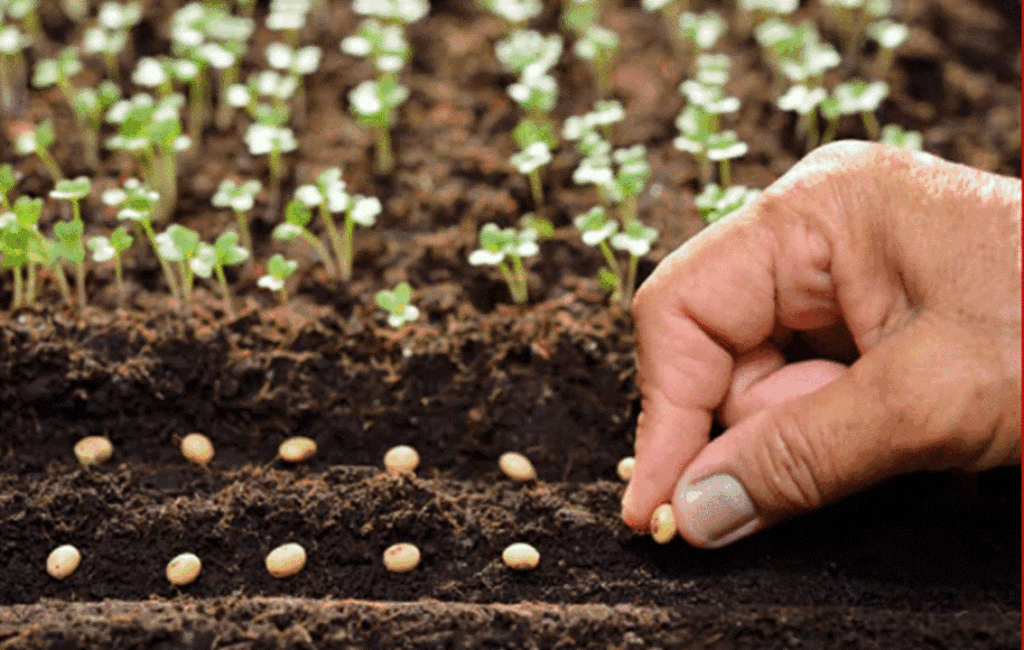
SOIL PREPARATION IN THREE PHASES
Even though a good organic garden can be maintained throughout the year, the best time for soil preparation is autumn through to winter. Soil structure will directly affect the quality of the produce and a well-worked soil with the right bottom fertilizer will help cultivate good harvests every year. The soil must be able to retain moisture without any harmful stagnation and it must be soft so that roots can easily penetrate it. The soil should be turned and worked through during this time to promote oxygenation and soil enrichment by organic substances, which will activate by the arrival of spring. The improvement of the physical structure of the soil should be apparent and the result should be a soft fertile substrate, ready to welcome fruit, vegetable and herb plants.
There are three very important phases to consider and these will help prepare the soil for an excellent harvest
Phase One: Soil Cleansing
When cultivating an organic garden for the first time, the soil will most probably contain unwanted spontaneous plant life. This needs to be eradicated to make room for crops. Using a fork and rake to turn the soil will cleanse and filter it and should expose any excess plant life. All good gardeners seek to remove unwanted plant life from the root, to ensure that other parts of these plants that may contain seeds are also removed. Doing this thoroughly should prevent re-growth, which could spoil the crop. The removal of the top layer of soil will also help eliminate unwanted plant life residues.
Phase Two: Manual Tillage
Planning your garden is a fundamental part of this phase and this will determine not only the method of manual tillage but also the type and amount of natural fertilizer to use. This phase should take place at least a day after phase one, as this will allow the soil to settle. The soil should then be worked further to make it as durable and easily permeable to water as possible. A good spade should be used for this phase and the correct time to dig or till is when the soil is tempered. Tillage should not take place during or after rain as the soil will be saturated with water becoming too heavy to work properly. Equally, digging on hot sunny days should also be avoided as excessive aridity makes the ground very hard and unworkable. The removal of stones, which can hinder the roots of crops, should also take place during this phase. After the soil has been thoroughly worked and turned, It is good practice to add a bottom fertilizer and a new topsoil, but do not forget that this is dependent on your choice of crop.
Phase Three: Hoeing
The process of hoeing must begin as soon as the first two phases are complete. Planning with crops in mind is essential at this stage and the preparation for hoeing of a seedbed must be thorough.
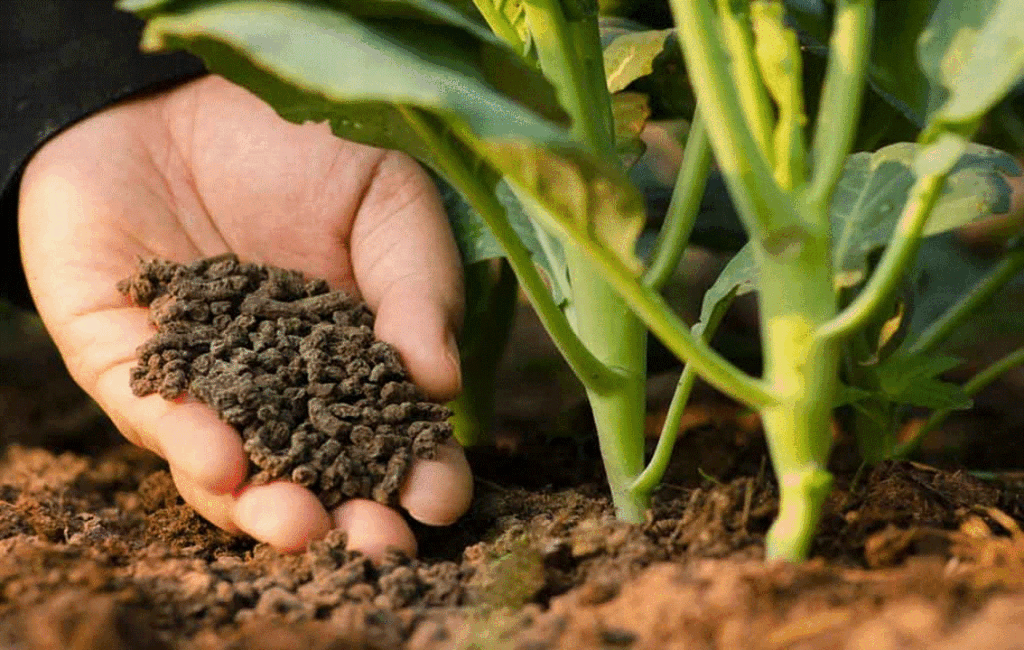
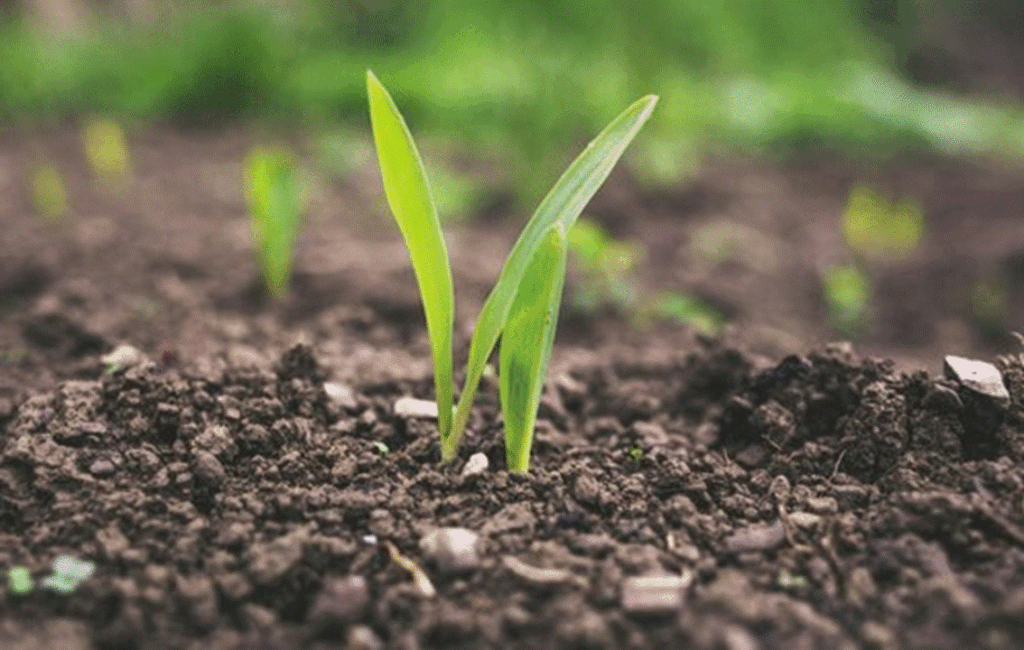
OTHER THINGS TO CONSIDER BEFORE SOWING
Soil preparation is a crucial step in establishing a successful green organic garden. The health and fertility of the soil directly impact the growth and yield of plants, making it essential to prioritise proper soil management practices. By following organic methods and techniques, gardeners can create a sustainable and environmentally friendly space that promotes biodiversity without the use of synthetic chemicals and by following organic methods and techniques, gardeners can build healthy soil that supports plant growth, whilst minimising environmental impact. Through practices such as soil testing, organic matter management, mulching, crop rotation, and companion planting, gardeners can cultivate a thriving garden ecosystem that benefits both plants and the planet and by prioritising soil health and sustainability, organic gardeners can enjoy the rewards of a bountiful harvest while contributing to a healthier and more resilient natural environment.
The key steps in soil preparation
Soil Testing: It is imperative that a soil test is conducted to determine the current pH level, nutrient content, and composition of the soil. This information will guide gardeners in making informed decisions about which amendments are needed to improve soil quality.
Soil Aeration: Compacted soil can restrict root growth and water infiltration, leading to poor plant health. Aerating the soil by tilling or using a garden fork helps loosen compacted soil, improve drainage, and promote air circulation for the roots.
Organic Matter: Compost, manure, and mulch, are essential for enriching the soil with nutrients and improving its structure. Adding organic matter helps increase soil fertility, retain moisture, and support beneficial microbial activity.
Mulching: Organic materials like straw, leaves, or grass clippings help conserve moisture, suppress weeds, regulate soil temperature, and enhance soil biodiversity. Mulch also breaks down over time, adding organic matter to the soil and improving its overall health.
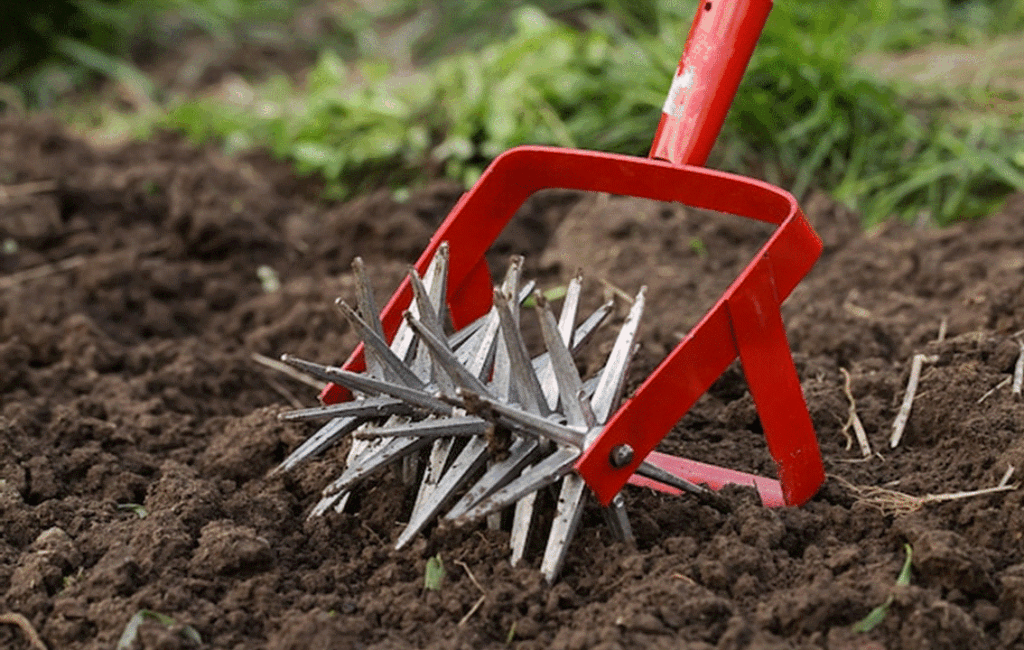
SPOTTING SOIL CONTAMINATION
Soil contamination is determined by a combination of visual inspections, soil testing, and consideration of the site’s history. These three factors allow gardeners to determine the condition of the soil and then take the appropriate action to remedy any issues that may occur. Regular monitoring and awareness of any changes in soil characteristics can also help in the early detection of soil contamination. Generally, most gardens will not display any serious contamination issues and if they display an element of contamination, it will be a minor issue that can be resolved fairly easily. In some extreme cases, however, environmental consultants or soil remediation professionals may need to be hired and they will conduct thorough assessments and then offer advice on the best remediation options.
The three factors that determine soil contamination
Factor One: Visual Inspection
Signs of contamination, such as unusual plant growth or dead vegetation, stains, discolouration, or abnormal debris, on the soil surface or anomalous odours such as chemical smells are all signs of soil contamination.
Factor Two: Soil Testing
The most easiest and reliable method to check for soil contamination is to perform a pH and nutrient test. Along with checking for specific contaminants, testing the soil’s pH and nutrient levels can provide additional insights into the soil’s overall health. If the test indicates more serious contamination, a chemical analysis can be completed using soil samples from multiple locations and depths of the garden. A certified laboratory for testing will confirm if any serious contaminants, such as heavy metals like lead or arsenic, pesticides, hydrocarbons, and any other toxic substances exist. These results will enable gardeners to make the necessary arrangements to clear these substances from the garden. Local environmental agencies or extension services that may offer support or guidance on soil testing and contamination concerns, will also be available to help clear sites of contamination.
Factor Three: Site History
Consider the past use of the land. Sites previously used for industrial activities, landfills, or have used agricultural chemicals may show signs of contamination or at least display a higher risk of contamination.
